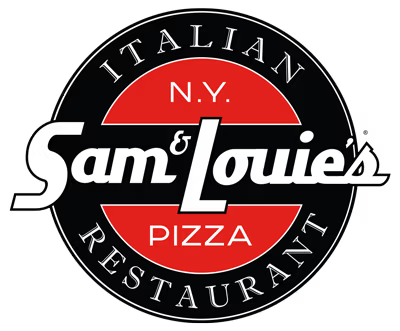There is no Italian dish in this world like a hot steaming slice of fresh pizza. This simple combination of flat bread, layered with tomato sauce (in most cases, but not all!) and heavy stringy cheese, topped with delicious combinations of toppings remains the most commonly consumed Italian food in the United States, and for good reason. There’s nothing like the smell, the taste, the crispiness of the crust, toppings, cheeses, and the ease at which to find it, that make pizza one of the most versatile and delicious fast Italian meals, and one with a long history from ancient times to today. Let’s explore the history of this incredible dish together!
Historic Origins
While no one can be totally sure, the ancient origins are pizza are relatively unknown, but historians and chefs believe pizza was consumed as early as the Neolithic age. An early reference to a round bread with vegetables on it appears in the Aeneid, an epic poem by Virgil written somewhere between 30-20 years BCE. The first origin of the pizza as we know it appears in the Italian city of Napoli, or Naples, around the 18th century, when flat breads were served with cheese, salt, basil and vegetables, and until 1830, pizza was sold in open-air stands in the markets. (Helotsky, 21-22)
Modern Pizza
From Italy, pizza was brought to the United States in the early 20th century, as recipes came from Italian immigrants through Ellis Island and on into the US. Initially, pizza was a specialty dish, located mostly in New York, Connecticut and Northern New Jersey. By the forties, Pizza had spread to the Midwest, and the west coast and by the sixties had started to become the cultural phenomenon it is today.
Pizza Today
Today, pizza culture has become something of a rivalry and competitive challenge, with people from places as diverse as New York, New Haven, Connecticut, and Chicago all fighting that their pizza is the best pizza. And while taste is subjective, it all depends on what your preferences are on this fresh Italian specialty! Pizza from Chicago tends to be of the “Deep-dish” variety, baked in a skillet or a pan. Midwesterners love the inches deep layers of cheese, sauce and toppings. In the Northeast, New Haven style pizza, from New Haven County Connecticut takes a different approach with a thin crust, often with burned flour on the bottom. These pizzas are crispy and tear-able, and the crust is often as delicious as the toppings themselves. New York Pizza—the pizza center of the world, known for its famous street-slices (perhaps a throwback to the 1830s)—has a thicker crust, still crispy, and layers and layers of cheese. Even the West Coast has its own pizza cultures with flatbreads and square pizzas that emphasize less on the cheese and sauce and more on incorporating local fresh ingredients, like pears and avocados, for a uniquely delightful and truly Californian pizza experience.
With its historic and ancient origins to its massive cultural importance today, pizza is unlike any other food, and is perhaps the most go-to affordable Italian food on the planet, with more people consuming pizza every day than any other Italian dish in the world. Who can resist a hot and fresh slice, right out of the oven?
SOURCES:
Helstosky, Carol (2008). Pizza: A Global History. London: Reaktion. pp. 21–22. ISBN 978-1-86189-391-8.
https://www.latimes.com/archives/la-xpm-1991-06-20-fo-1104-story.html
https://web.archive.org/web/20170329051513/http:/dcc.dickinson.edu/eimmart-aeneas-and-trojans-fulfill-anchises-prophecy



